
3 steps to boost developer security education and cut vulnerabilities by 53%
In the ever-evolving landscape of cybersecurity, the role of developers in safeguarding digital assets has become increasingly pivotal. However, the challenge lies in educating developers who, inherently focused on problem-solving and efficiency, may not prioritize security. In this blog post, we explore three critical steps to structure a security education program that not only engages developers but also significantly reduces vulnerabilities—by a remarkable 53%. From fostering relationships to implementing a tiered approach, these strategies aim to empower developers with the knowledge and skills necessary for secure coding practices.
1. Build relationships and keep developers engaged
Developers often lack initial security knowledge, but their primary focus lies in resolving code-related issues promptly. To spark their interest in security, it's crucial to emphasize the value of these topics and make them actionable. Implementing a program that allows developers to train independently and at their own pace across all programming languages in your technology stack is key. Establish strong relationships with developers and team leads to allocate realistic time for secure code education.
The critical first step is to implement a program that allows developers to be independent and train at their own pace. This means it needs to cover all programming languages used in your technology stack. Take into consideration the learning needs of developers in a complex environment and think about how it will work alongside your existing security tooling to aid in vulnerability management.
2. Prioritize recurring vulnerabilities
Using your scanning and pen-testing tools, keep a close eye on your critical and recurring vulnerabilities to guide you on which secure coding educational content will build the cornerstones of your program. Utilizing your existing tools and integrating these findings into your secure code program will be key. Consider also the following metrics to prioritize which vulnerabilities your developers need to be educated on:
- Average vulnerability age
- Number of vulnerabilities in the backlog
- Average resolution time, or mean time to remediate (MTTR)
- Number of closed vulnerabilities vs. open vulnerabilities
- Number of issues per line of your proprietary written code (not third party)

Expectations around the outcome of the program should be set early on as well. Developers who participate in the program should be expected to attain a certain level of secure coding skills, which can be tracked by the number of vulnerabilities they resolve and are not re-introducing.
3. Implement a tiered secure coding skill development program
Once you have integrated developers’ participation in security with the analysis and testing process, it’s time to empower developers to be proactive about honing their secure coding skills by incentivizing them to continue with their secure coding education. This can be done by structuring your program into tiers, or “belts” to move developers into more complex areas of security.
Here’s one example of how Thales structured their security education program:
- Awareness - raises the basic level of security awareness and establishes a baseline for the developers’ knowledge of the security topic
- Basic - teaches basic security skills like how to spot vulnerable code and understand common vulnerabilities
- Autonomous - uses vetted tactics to locate and remediate vulnerabilities with Secure Code Warrior’s guidance
- Expert - becomes a defined security champion and expert in all relevant areas important to the business

Promoting self-learning will also motivate your developers to keep them up to date on new attack vectors, best practices, new languages, and newly discovered vulnerabilities. Once everyone has reached a baseline of secure-coding competence, take advantage of a program that helps save time with just a couple of key learnings every month through relevant content, rather than an hour-long compliance-oriented annual training. The time saved through educating developers will manifest in the reduction of rework needed to fix vulnerabilities that shouldn’t have been introduced in the first place.
Conclusion
In the dynamic realm of cybersecurity, where threats mutate as swiftly as technology advances, a proactive and well-structured security coding education program for developers is a critical business safeguard. By building strong relationships with developers, prioritizing recurring vulnerabilities, and implementing tiered skills development, organizations can fortify their codebase against a potentially devastating breach.
The success of such a program is not merely measured in reduced vulnerabilities but in the cultivation of a security-first mindset among developers. As we navigate the complex terrain of digital security, empowering developers through education emerges as a potent strategy for transforming an organization into a resilient and secure digital ecosystem.
Secure Code Warrior is here to help you securely code across the entire software development lifecycle and create a culture in which cybersecurity is top of mind. Whether you’re an AppSec Manager, Developer, CISO, or anyone involved in security, we can help your organization reduce risks associated with insecure code.

.png)
Empower developers with a tiered approach to cut vulnerabilities, fostering relationships and prioritizing recurring issues.
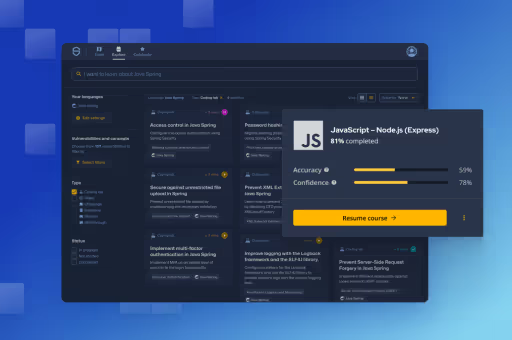
Secure Code Warrior is here for your organization to help you secure code across the entire software development lifecycle and create a culture in which cybersecurity is top of mind. Whether you’re an AppSec Manager, Developer, CISO, or anyone involved in security, we can help your organization reduce risks associated with insecure code.
Book a demoTaylor Broadfoot-Nymark is a Product Marketing Manager at Secure Code Warrior. She has written several articles about cybersecurity and agile learning, and also leads product launches, GTM strategy, and customer advocacy.

.png)
In the ever-evolving landscape of cybersecurity, the role of developers in safeguarding digital assets has become increasingly pivotal. However, the challenge lies in educating developers who, inherently focused on problem-solving and efficiency, may not prioritize security. In this blog post, we explore three critical steps to structure a security education program that not only engages developers but also significantly reduces vulnerabilities—by a remarkable 53%. From fostering relationships to implementing a tiered approach, these strategies aim to empower developers with the knowledge and skills necessary for secure coding practices.
1. Build relationships and keep developers engaged
Developers often lack initial security knowledge, but their primary focus lies in resolving code-related issues promptly. To spark their interest in security, it's crucial to emphasize the value of these topics and make them actionable. Implementing a program that allows developers to train independently and at their own pace across all programming languages in your technology stack is key. Establish strong relationships with developers and team leads to allocate realistic time for secure code education.
The critical first step is to implement a program that allows developers to be independent and train at their own pace. This means it needs to cover all programming languages used in your technology stack. Take into consideration the learning needs of developers in a complex environment and think about how it will work alongside your existing security tooling to aid in vulnerability management.
2. Prioritize recurring vulnerabilities
Using your scanning and pen-testing tools, keep a close eye on your critical and recurring vulnerabilities to guide you on which secure coding educational content will build the cornerstones of your program. Utilizing your existing tools and integrating these findings into your secure code program will be key. Consider also the following metrics to prioritize which vulnerabilities your developers need to be educated on:
- Average vulnerability age
- Number of vulnerabilities in the backlog
- Average resolution time, or mean time to remediate (MTTR)
- Number of closed vulnerabilities vs. open vulnerabilities
- Number of issues per line of your proprietary written code (not third party)

Expectations around the outcome of the program should be set early on as well. Developers who participate in the program should be expected to attain a certain level of secure coding skills, which can be tracked by the number of vulnerabilities they resolve and are not re-introducing.
3. Implement a tiered secure coding skill development program
Once you have integrated developers’ participation in security with the analysis and testing process, it’s time to empower developers to be proactive about honing their secure coding skills by incentivizing them to continue with their secure coding education. This can be done by structuring your program into tiers, or “belts” to move developers into more complex areas of security.
Here’s one example of how Thales structured their security education program:
- Awareness - raises the basic level of security awareness and establishes a baseline for the developers’ knowledge of the security topic
- Basic - teaches basic security skills like how to spot vulnerable code and understand common vulnerabilities
- Autonomous - uses vetted tactics to locate and remediate vulnerabilities with Secure Code Warrior’s guidance
- Expert - becomes a defined security champion and expert in all relevant areas important to the business

Promoting self-learning will also motivate your developers to keep them up to date on new attack vectors, best practices, new languages, and newly discovered vulnerabilities. Once everyone has reached a baseline of secure-coding competence, take advantage of a program that helps save time with just a couple of key learnings every month through relevant content, rather than an hour-long compliance-oriented annual training. The time saved through educating developers will manifest in the reduction of rework needed to fix vulnerabilities that shouldn’t have been introduced in the first place.
Conclusion
In the dynamic realm of cybersecurity, where threats mutate as swiftly as technology advances, a proactive and well-structured security coding education program for developers is a critical business safeguard. By building strong relationships with developers, prioritizing recurring vulnerabilities, and implementing tiered skills development, organizations can fortify their codebase against a potentially devastating breach.
The success of such a program is not merely measured in reduced vulnerabilities but in the cultivation of a security-first mindset among developers. As we navigate the complex terrain of digital security, empowering developers through education emerges as a potent strategy for transforming an organization into a resilient and secure digital ecosystem.
Secure Code Warrior is here to help you securely code across the entire software development lifecycle and create a culture in which cybersecurity is top of mind. Whether you’re an AppSec Manager, Developer, CISO, or anyone involved in security, we can help your organization reduce risks associated with insecure code.

In the ever-evolving landscape of cybersecurity, the role of developers in safeguarding digital assets has become increasingly pivotal. However, the challenge lies in educating developers who, inherently focused on problem-solving and efficiency, may not prioritize security. In this blog post, we explore three critical steps to structure a security education program that not only engages developers but also significantly reduces vulnerabilities—by a remarkable 53%. From fostering relationships to implementing a tiered approach, these strategies aim to empower developers with the knowledge and skills necessary for secure coding practices.
1. Build relationships and keep developers engaged
Developers often lack initial security knowledge, but their primary focus lies in resolving code-related issues promptly. To spark their interest in security, it's crucial to emphasize the value of these topics and make them actionable. Implementing a program that allows developers to train independently and at their own pace across all programming languages in your technology stack is key. Establish strong relationships with developers and team leads to allocate realistic time for secure code education.
The critical first step is to implement a program that allows developers to be independent and train at their own pace. This means it needs to cover all programming languages used in your technology stack. Take into consideration the learning needs of developers in a complex environment and think about how it will work alongside your existing security tooling to aid in vulnerability management.
2. Prioritize recurring vulnerabilities
Using your scanning and pen-testing tools, keep a close eye on your critical and recurring vulnerabilities to guide you on which secure coding educational content will build the cornerstones of your program. Utilizing your existing tools and integrating these findings into your secure code program will be key. Consider also the following metrics to prioritize which vulnerabilities your developers need to be educated on:
- Average vulnerability age
- Number of vulnerabilities in the backlog
- Average resolution time, or mean time to remediate (MTTR)
- Number of closed vulnerabilities vs. open vulnerabilities
- Number of issues per line of your proprietary written code (not third party)

Expectations around the outcome of the program should be set early on as well. Developers who participate in the program should be expected to attain a certain level of secure coding skills, which can be tracked by the number of vulnerabilities they resolve and are not re-introducing.
3. Implement a tiered secure coding skill development program
Once you have integrated developers’ participation in security with the analysis and testing process, it’s time to empower developers to be proactive about honing their secure coding skills by incentivizing them to continue with their secure coding education. This can be done by structuring your program into tiers, or “belts” to move developers into more complex areas of security.
Here’s one example of how Thales structured their security education program:
- Awareness - raises the basic level of security awareness and establishes a baseline for the developers’ knowledge of the security topic
- Basic - teaches basic security skills like how to spot vulnerable code and understand common vulnerabilities
- Autonomous - uses vetted tactics to locate and remediate vulnerabilities with Secure Code Warrior’s guidance
- Expert - becomes a defined security champion and expert in all relevant areas important to the business

Promoting self-learning will also motivate your developers to keep them up to date on new attack vectors, best practices, new languages, and newly discovered vulnerabilities. Once everyone has reached a baseline of secure-coding competence, take advantage of a program that helps save time with just a couple of key learnings every month through relevant content, rather than an hour-long compliance-oriented annual training. The time saved through educating developers will manifest in the reduction of rework needed to fix vulnerabilities that shouldn’t have been introduced in the first place.
Conclusion
In the dynamic realm of cybersecurity, where threats mutate as swiftly as technology advances, a proactive and well-structured security coding education program for developers is a critical business safeguard. By building strong relationships with developers, prioritizing recurring vulnerabilities, and implementing tiered skills development, organizations can fortify their codebase against a potentially devastating breach.
The success of such a program is not merely measured in reduced vulnerabilities but in the cultivation of a security-first mindset among developers. As we navigate the complex terrain of digital security, empowering developers through education emerges as a potent strategy for transforming an organization into a resilient and secure digital ecosystem.
Secure Code Warrior is here to help you securely code across the entire software development lifecycle and create a culture in which cybersecurity is top of mind. Whether you’re an AppSec Manager, Developer, CISO, or anyone involved in security, we can help your organization reduce risks associated with insecure code.

Click on the link below and download the PDF of this resource.
Secure Code Warrior is here for your organization to help you secure code across the entire software development lifecycle and create a culture in which cybersecurity is top of mind. Whether you’re an AppSec Manager, Developer, CISO, or anyone involved in security, we can help your organization reduce risks associated with insecure code.
View reportBook a demo
Secure Code Warrior is here for your organization to help you secure code across the entire software development lifecycle and create a culture in which cybersecurity is top of mind. Whether you’re an AppSec Manager, Developer, CISO, or anyone involved in security, we can help your organization reduce risks associated with insecure code.
Book a demoTaylor Broadfoot-Nymark is a Product Marketing Manager at Secure Code Warrior. She has written several articles about cybersecurity and agile learning, and also leads product launches, GTM strategy, and customer advocacy.
In the ever-evolving landscape of cybersecurity, the role of developers in safeguarding digital assets has become increasingly pivotal. However, the challenge lies in educating developers who, inherently focused on problem-solving and efficiency, may not prioritize security. In this blog post, we explore three critical steps to structure a security education program that not only engages developers but also significantly reduces vulnerabilities—by a remarkable 53%. From fostering relationships to implementing a tiered approach, these strategies aim to empower developers with the knowledge and skills necessary for secure coding practices.
1. Build relationships and keep developers engaged
Developers often lack initial security knowledge, but their primary focus lies in resolving code-related issues promptly. To spark their interest in security, it's crucial to emphasize the value of these topics and make them actionable. Implementing a program that allows developers to train independently and at their own pace across all programming languages in your technology stack is key. Establish strong relationships with developers and team leads to allocate realistic time for secure code education.
The critical first step is to implement a program that allows developers to be independent and train at their own pace. This means it needs to cover all programming languages used in your technology stack. Take into consideration the learning needs of developers in a complex environment and think about how it will work alongside your existing security tooling to aid in vulnerability management.
2. Prioritize recurring vulnerabilities
Using your scanning and pen-testing tools, keep a close eye on your critical and recurring vulnerabilities to guide you on which secure coding educational content will build the cornerstones of your program. Utilizing your existing tools and integrating these findings into your secure code program will be key. Consider also the following metrics to prioritize which vulnerabilities your developers need to be educated on:
- Average vulnerability age
- Number of vulnerabilities in the backlog
- Average resolution time, or mean time to remediate (MTTR)
- Number of closed vulnerabilities vs. open vulnerabilities
- Number of issues per line of your proprietary written code (not third party)

Expectations around the outcome of the program should be set early on as well. Developers who participate in the program should be expected to attain a certain level of secure coding skills, which can be tracked by the number of vulnerabilities they resolve and are not re-introducing.
3. Implement a tiered secure coding skill development program
Once you have integrated developers’ participation in security with the analysis and testing process, it’s time to empower developers to be proactive about honing their secure coding skills by incentivizing them to continue with their secure coding education. This can be done by structuring your program into tiers, or “belts” to move developers into more complex areas of security.
Here’s one example of how Thales structured their security education program:
- Awareness - raises the basic level of security awareness and establishes a baseline for the developers’ knowledge of the security topic
- Basic - teaches basic security skills like how to spot vulnerable code and understand common vulnerabilities
- Autonomous - uses vetted tactics to locate and remediate vulnerabilities with Secure Code Warrior’s guidance
- Expert - becomes a defined security champion and expert in all relevant areas important to the business

Promoting self-learning will also motivate your developers to keep them up to date on new attack vectors, best practices, new languages, and newly discovered vulnerabilities. Once everyone has reached a baseline of secure-coding competence, take advantage of a program that helps save time with just a couple of key learnings every month through relevant content, rather than an hour-long compliance-oriented annual training. The time saved through educating developers will manifest in the reduction of rework needed to fix vulnerabilities that shouldn’t have been introduced in the first place.
Conclusion
In the dynamic realm of cybersecurity, where threats mutate as swiftly as technology advances, a proactive and well-structured security coding education program for developers is a critical business safeguard. By building strong relationships with developers, prioritizing recurring vulnerabilities, and implementing tiered skills development, organizations can fortify their codebase against a potentially devastating breach.
The success of such a program is not merely measured in reduced vulnerabilities but in the cultivation of a security-first mindset among developers. As we navigate the complex terrain of digital security, empowering developers through education emerges as a potent strategy for transforming an organization into a resilient and secure digital ecosystem.
Secure Code Warrior is here to help you securely code across the entire software development lifecycle and create a culture in which cybersecurity is top of mind. Whether you’re an AppSec Manager, Developer, CISO, or anyone involved in security, we can help your organization reduce risks associated with insecure code.
Table of contents

Secure Code Warrior is here for your organization to help you secure code across the entire software development lifecycle and create a culture in which cybersecurity is top of mind. Whether you’re an AppSec Manager, Developer, CISO, or anyone involved in security, we can help your organization reduce risks associated with insecure code.
Book a demoDownloadResources to get you started
Trust Agent: AI by Secure Code Warrior
This one-pager introduces SCW Trust Agent: AI, a new set of capabilities that provide deep observability and governance over AI coding tools. Learn how our solution uniquely correlates AI tool usage with developer skills to help you manage risk, optimize your SDLC, and ensure every line of AI-generated code is secure.










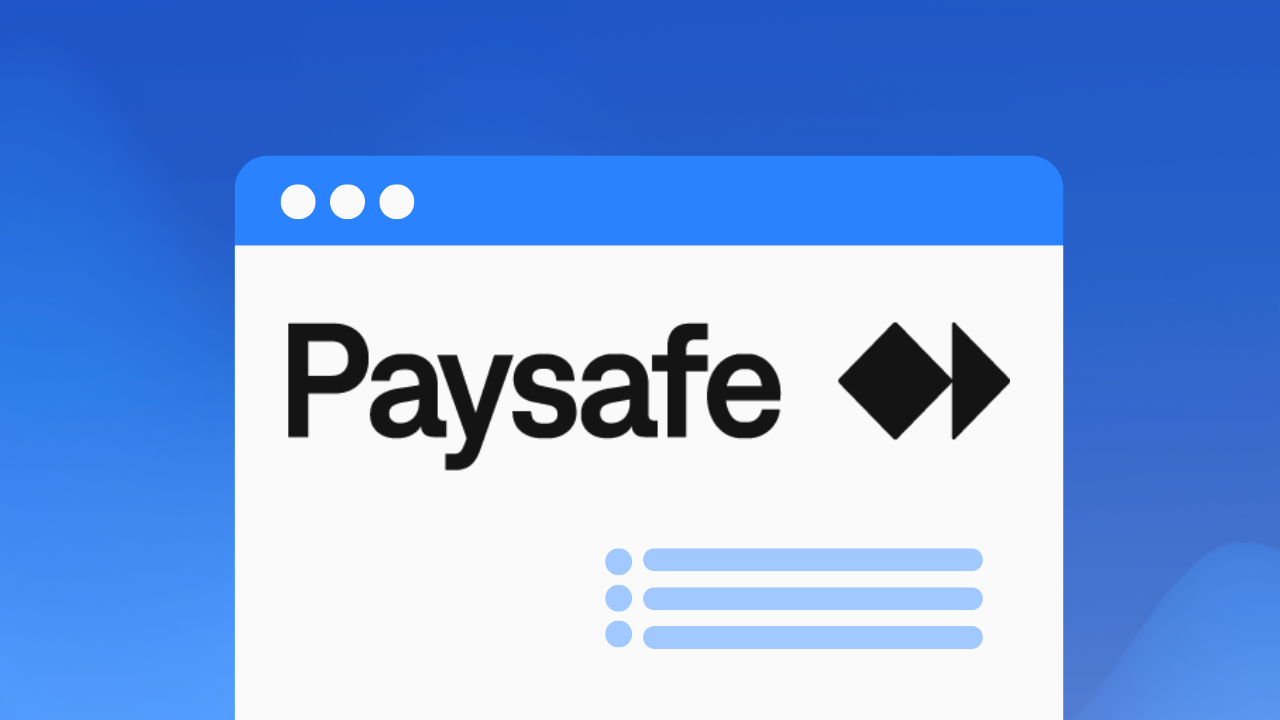
.png)

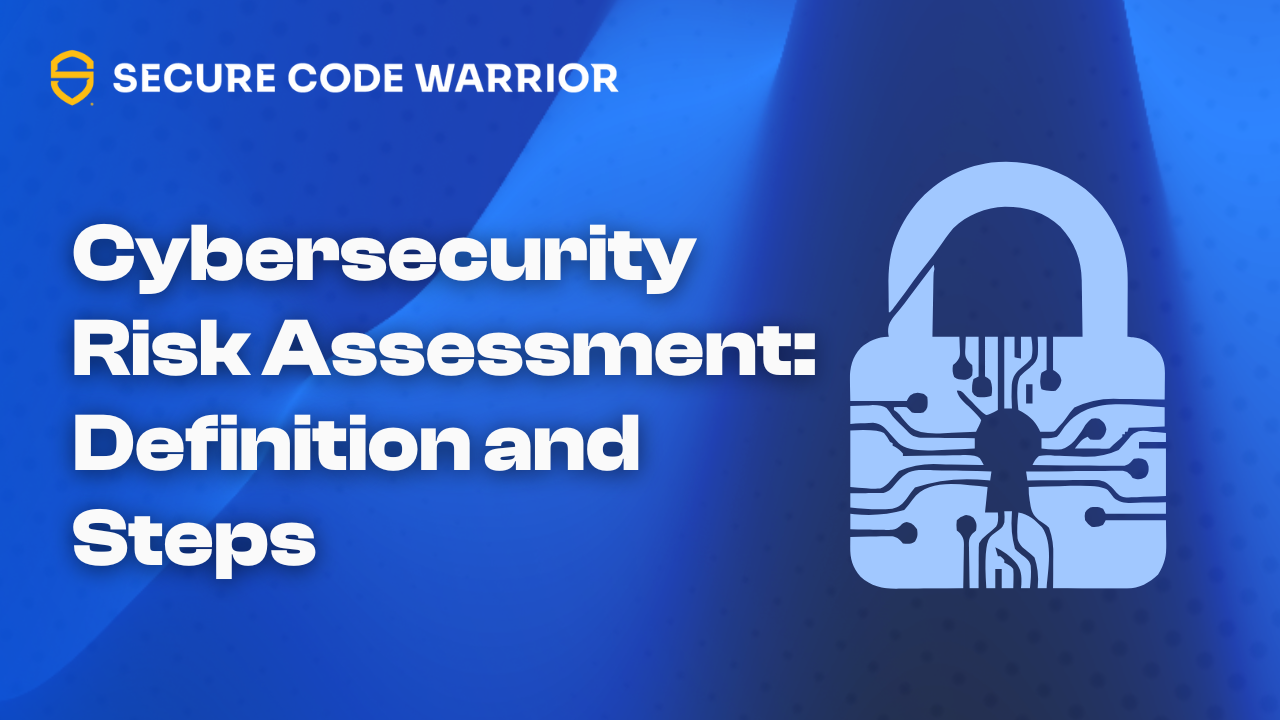
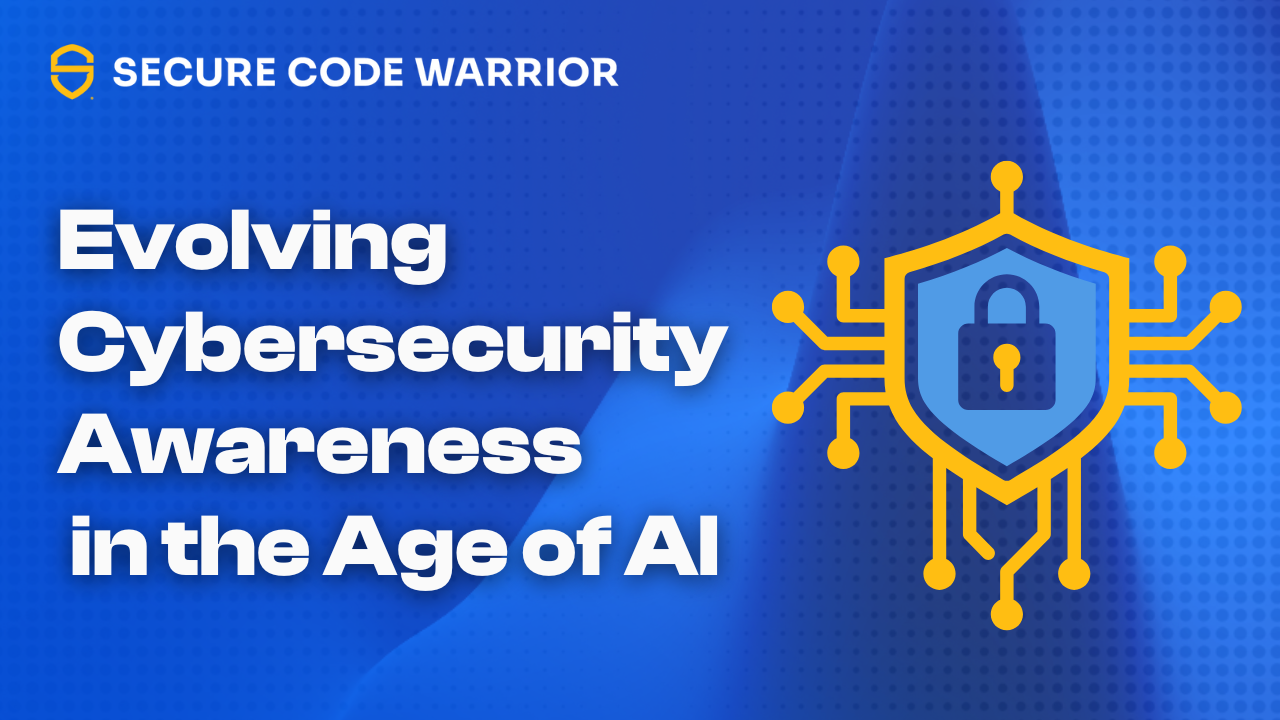
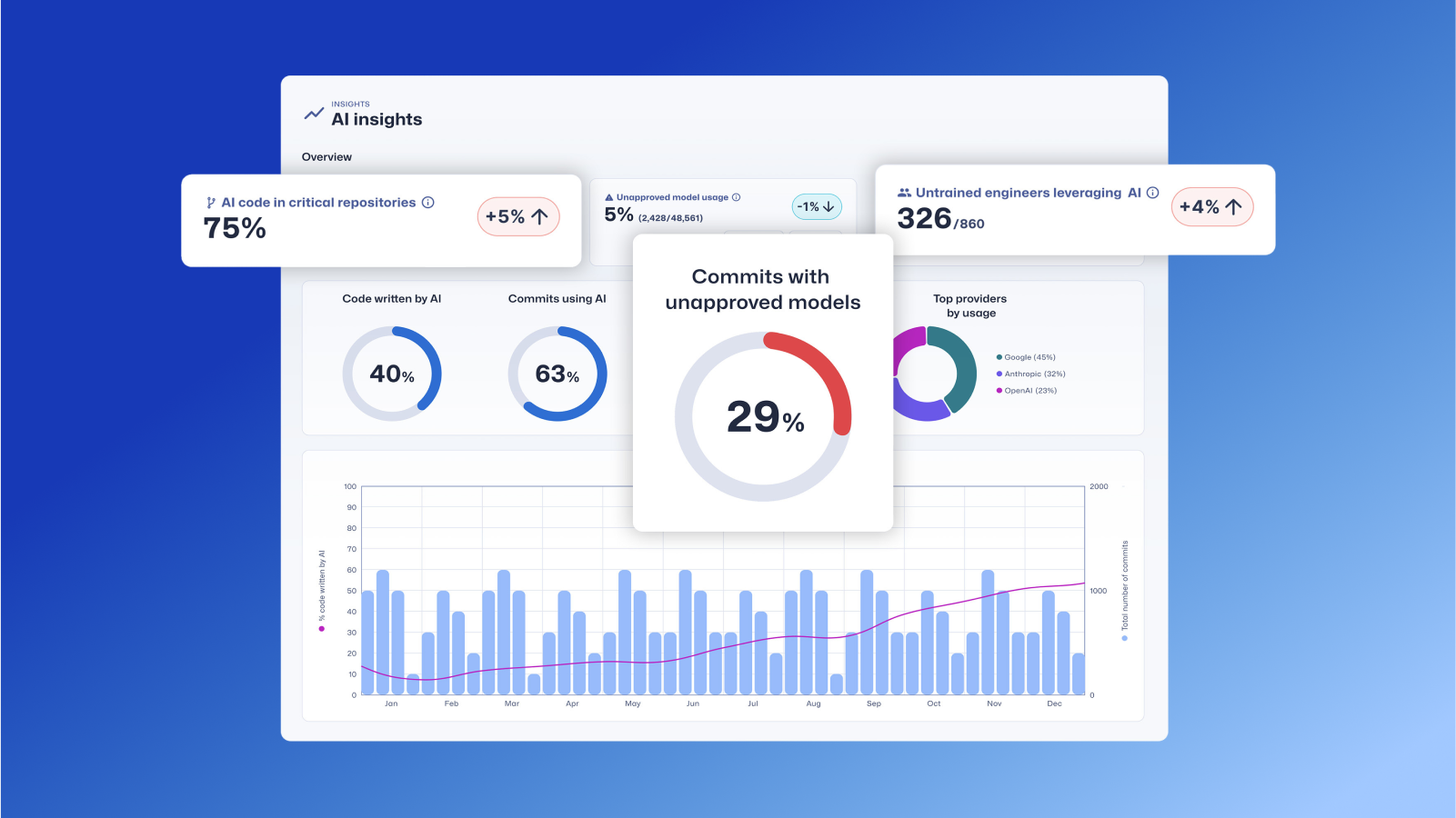
.avif)
